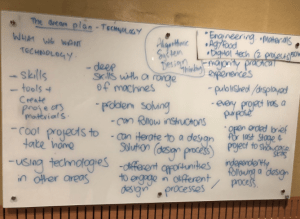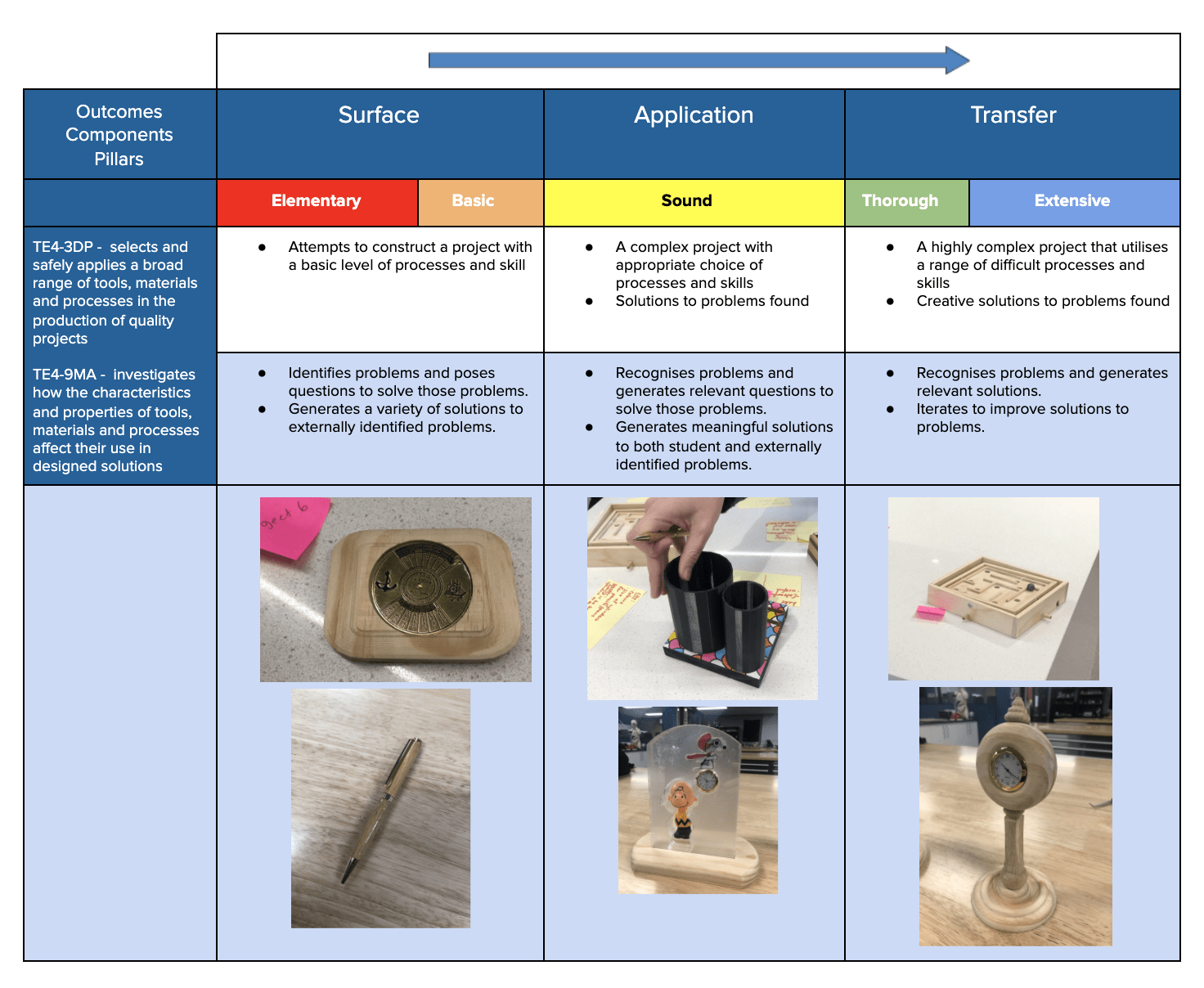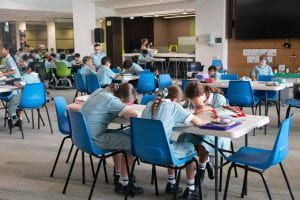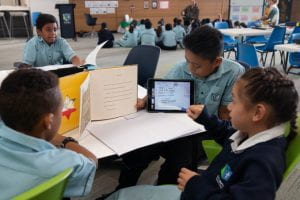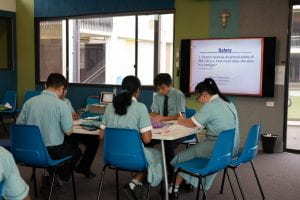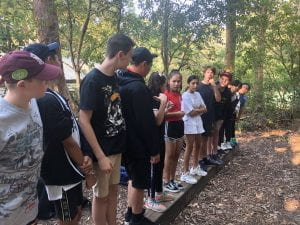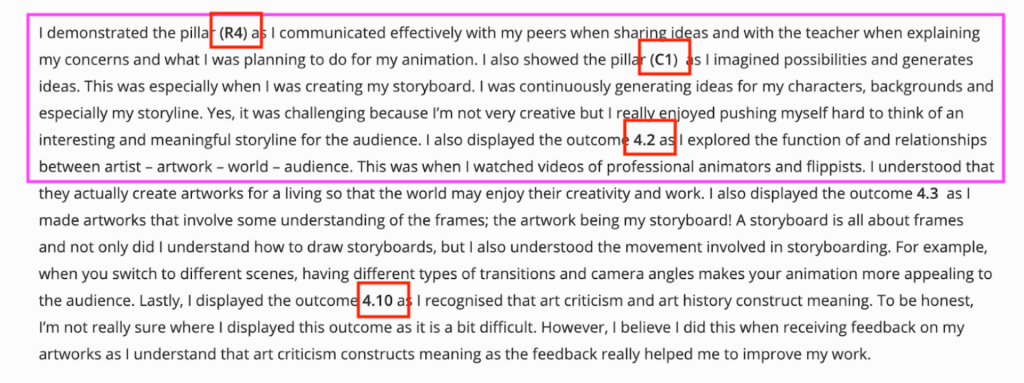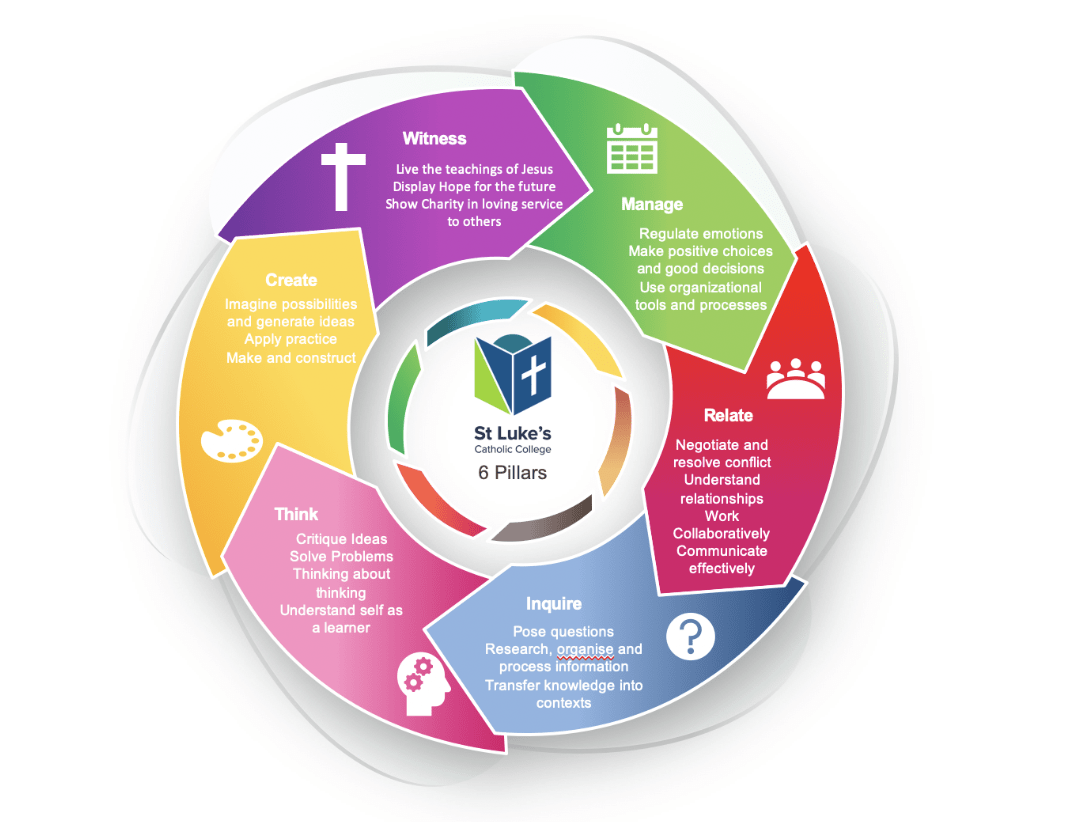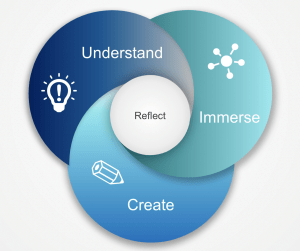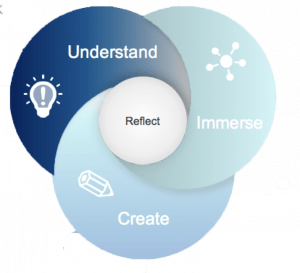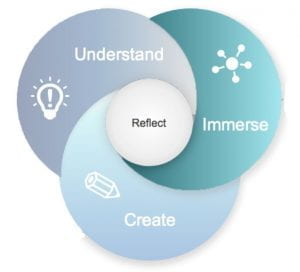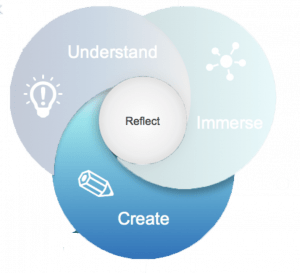Dancing ’round the Makerspace
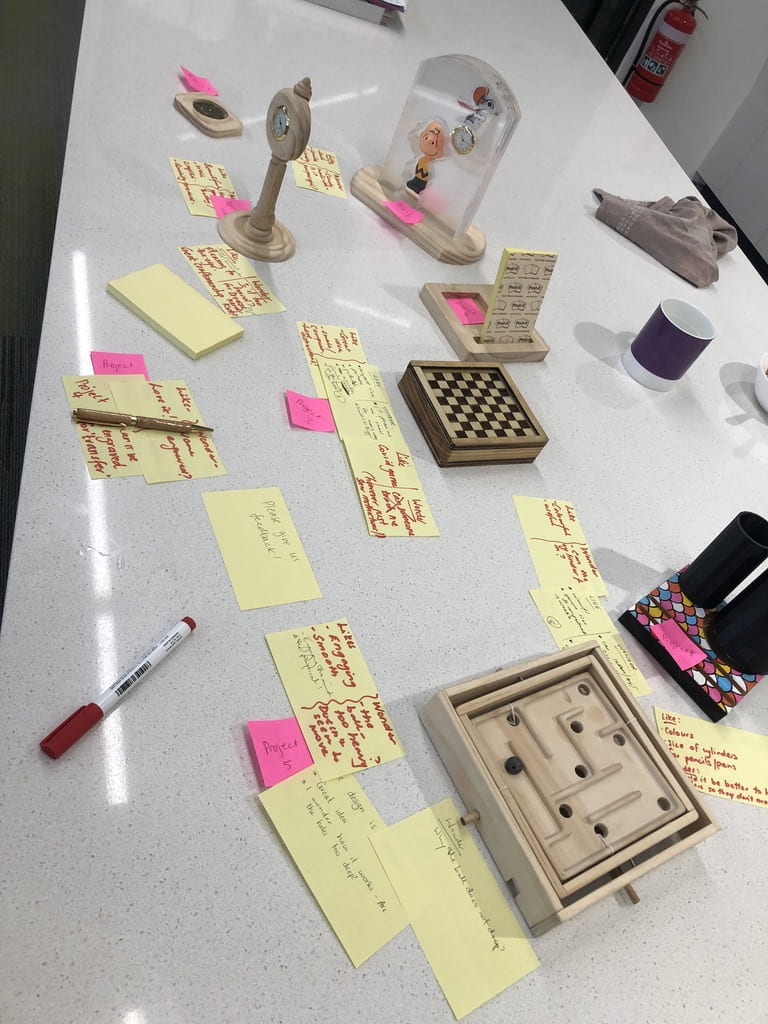
At St Luke’s, I’ve now taught every subject except Music and PDHPE. I’ve taught Science, Maths, English, Languages (I don’t even speak English that well), HSIE, Art….out of all of my teaching time at St Luke’s, I’ve not taught much Technology. For the past ten years or so most of my teaching load has been in teaching Industrial Tech Multimedia, and it’s been many a year since I’ve spent a significant load of teaching a year 7 or 8 class.
The last few weeks have found me in the lucky position of coaching our TAS teachers (including a brilliant HSIE teacher teaching technology who also happens to be my coach) at the school to focus on different methods of ensuring student quality work. We’ve redesigned our scope and sequence to be ensure more skill progression, and to ensure that every student leaves with a quality piece of work at the end of the project.
Oh the joy to combine my love of tech mandatory with my love of improving processes around learning. There were many a time over the last few weeks where I was dancing around the makerspace, balancing the work of an AP with constructing sample projects for “the competition”. There were a lot of Saturday afternoons where I would end up going to the Faith Community Vigil Mass in the Hub covered in sawdust. The challenge existed between the two TAS teachers, our HSIE teacher coach, and the AP who happens to be a TAS teacher.
Firstly, we looked at: What are those things that we want students to come out of Technology with? What are the requirements of the syllabus that we have to meet?
We then looked at what the projects that we have currently done, what could be thrown and what could be improved. Everything links back to this whiteboard. One of the very strong elements that we have had throughout our design of year 7 and 8 has been the development of a prototyping approach to design, building students ability to work on 2D and then 3D graphics, visualise, design, package and market a product for production.
The focus, post COVID, was providing students with quality practical experiences and seeing a progression of skills across year 7 and 8. We also had the challenge of working in (albeit beautiful) temporary shared workshops. Our makerspace (yes, the one I was dancing around) is shared with Science, and although we are lucky enough to have some great technical equipment, the challenge of the new and discovering that you don’t have anything to cut down materials for the equipment, rulers to measure, or things like sanding blocks.
We also were eager, based on student and parent feedback, to ensure that we included a materials project that included timber. Discussions ensued as the types of projects that we could do. With a focus on student choice, we decided that any project would be suitable. After much discussion, the challenge was set as each teacher was to create a project that could be a student project. We knew that we needed some tangible examples of projects for students to understand the expectations of the work and to see different possibilities of projects that they could do. If you present students with a pencil box, all students will design a pencil box as that is their reference point.
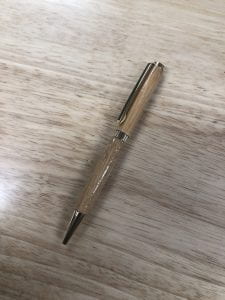
And so, the challenge started. The two TAS teachers worked independently, and I decided to “help out” our HSIE teacher coach. It’s the coach coaching the coach….didn’t I feel important? I then realised how many skills you lose when you don’t do something for a long time and in the two hour block that I’d set aside to help Sally, I drove the laser cutter head into the honeycomb table (needed a new part to fix) and destroyed three 3D printers and a hot glue gun. After this I had to put up with two weeks of suggestions of sabotage. Well….I am well known to be quite competitive. I pretended for a while that this might have been the case so that people didn’t think that I’d accidentally broken 6 pieces of equipment in the space of two hours.
Across the four of us, we developed a range of samples of work, that ranged from very basic to very advanced. In my fun of finally working back in the makerspace (and with the help of the Technology Teacher Educator Husband), I completed 6 projects across a range of rubric points. The idea was to create a range of work to create discussion about what quality work with in depth skills looks like. I intentionally constructed projects that were downloaded from Thingiverse, and projects (like the pen) which look amazing but that don’t have great skills and one that took 20 minutes from start to finish (not including CNC milling time).
We then decided to involve the whole school staff, due to my “sabotage” reputation, and asked teachers to give us some feedback on the project designs.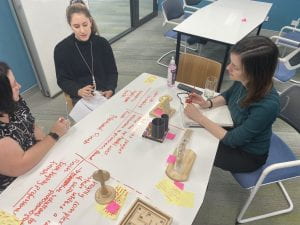
We then used this feedback to sort the projects in a rank order and teachers had to justify where each project sat in the ranking. After this we looked at where the “lines” were to seperate the projects, and then look at commonalities between why those projects fit into those sections. From here we discussed what those characteristics were, and how we would fit these into a rubric for those students. Based on all of this, through the discussion, we then had a rubric which was based around the work and what we authentically saw as measurable quality features, with physical concrete samples for students to examine.
The question was then asked…how do we get students to know what quality work looks like….by doing the same thing. As an entry doc, students will be assessing and ranking our work against the rubric.
The entry document then is also the sample work, which will go up against the wall as a sample reference. Finally, a driving question for the assessment documentation….if every student has a different piece of work, can we not have every student have a different driving question, based on their need? Is this too hard for students? Is it something that we want to spend the time doing? How does it look on the assessment notification if it says: Driving Question: Do it yourself. Yeah…maybe not so good. A scaffold? How can we create a beautiful ________ so that we can ___________?
Now that I have found my joy in technology over the last few weeks, I guess I am leaving them here. On to another subject. But I still have keys to the makerspace.
